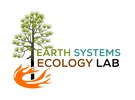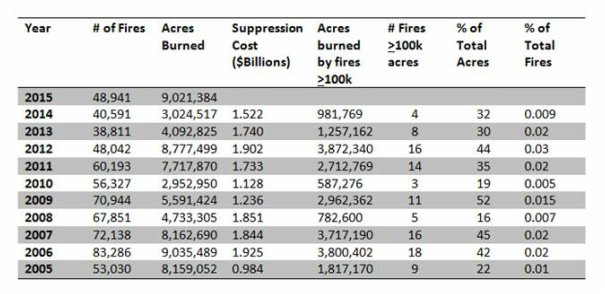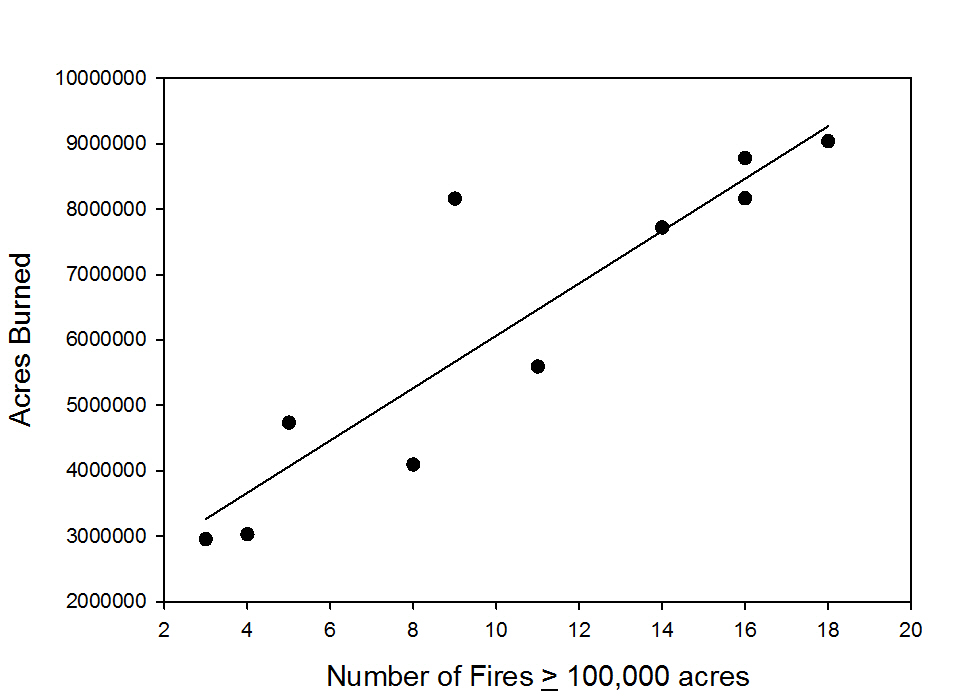|
This has been a big year for wildfires so far and an especially impactful year for some communities that have been devastated by fire. Several of us were keeping an eye on the Rough Fire as it looked like it was going to cross the north fork of the Kings River and head to the Teakettle Experimental Forest. In addition to media coverage of big wildfire events has been heightened attention to the rising costs of fire suppression and the ever larger fraction of US Forest Service budgets that suppression is consuming. The news reports, the Rough Fire, and the focus on suppression costs caused me to take a look at some fire figures for the past decade posted on the National Interagency Fire Center (NIFC) website. So far, 2015 is second only to 2006 for number of acres burned and the 2015 fire season isn’t over yet. From 2005-2015, total acres burned ranged from 2.9 million acres in 2010 to 9.03 million acres in 2006. During this 10 year period we averaged 58,195 fires per year and we spent between $984 million and $1.92 billion fighting the fires. In the table below I have pulled the yearly fire data from the NIFC website and made a couple of calculations. You might think that there is a relationship between the number of fires and the number of acres burned in a given year. However, the number of fires only accounts for about 12% of the variability in number of acres burned each year. As it turns out, the number of fires 100,000 acres or larger in a given year explains much more of the variability in acres burned each year. The number of fires 100,000 acres or larger accounts for 81% of the variability in acres burned in a given year from 2005 to 2014. These larger fires account for between 16% and 45% of the acres burned over this time period and only 0.009 to 0.03% of the number of fires. These so-called megafires have accounted for a large fraction of the area burned this year.
The number of large wildfires in the western US have been increasing since the mid-1980s and are correlated with warmer temperature and earlier spring snowmelt. The National Research Council estimated that each degree Celsius of additional warming will increase the area burned by 200-400% in parts of the western US. Recent work has argued that we need to reevaluate the way we manage fire and fund wildfire suppression efforts. These ideas are especially salient considering that as the climate warms further, we can expect more large wildfires, which will not only impact communities where wildfires burn, but also impact communities that are further away with degraded air quality.
0 Comments
|
Details
Archives
October 2023
Categories
All
|



 RSS Feed
RSS Feed